Welcome to my Tobago travel guide! In this article, you will find all the information you’ll need if you are planning a trip to this beautiful Caribbean island.
In this article
First Thoughts
Tobago is the smaller and less populous of the twin-island nation of Trinidad and Tobago. Whilst it is considered to be one country, there are so many differences between the two islands that I feel Tobago merits a travel guide of its own. I have already published an article as to why the island should be considered as a whole different country.
Before I get into the detail of my Tobago travel guide, I should declare a certain bias. Mark and I have spent a total of almost a year on the island so far! We rarely return to a destination a second time, but Tobago just got under our skin! We were there for four months during the winter of 2017/2018 and returned in November 2019 to stay for six months. We now think of the island, especially Castara, as our second home and have many friends there.
In this guide, I want to show you all why Tobago should be on your ‘must-visit’ list. Yes, there are picture-perfect white sandy beaches lapped by the warm turquoise waters of the Caribbean Sea, but the island has so much more to offer! There are verdant rainforests to explore, countless colourful birds to observe, delicious foods to savour, fascinating historical facts to learn about, unique coral reefs to snorkel over or dive to, glasses of rum punch to enjoy as the sun sets, rhythmic music to dance to, and, most important of all, friendly local people to engage with.
The Tobago Tourism Agency is very active in promoting the island to overseas visitors. They have two main slogans which also act as hashtags across their social media channels – ‘Tobago Beyond’ and ‘101 Reasons Tobago’. If you still need convincing, read on! 😊
Essential Information About Tobago
- Area – 300.4 square kilometres
- Population – c 63,000
- Language – English
- Capital – Scarborough
- Currency – Trinidad and Tobago Dollar (TTD)
- Time zone – GMT -4
- Telephone – the country code for Trinidad is 868.
- Electrical socket – standard voltage of 115V with type A and B sockets (two flat pins or two flat pins with a third round earth pin). If you are travelling from the US, you won’t need an adaptor, but if you’re coming from the UK or elsewhere, you will. Why not take a universal travel adapter with you.
- Visas – visitors from most countries, including the UK and USA, do NOT need a visa to visit Tobago. Your passport must be valid for at least six months from the date of entry to the country. You will be given the right to remain for ninety days. You may be asked to show your return air ticket and proof of sufficient funds to pay for your stay. If you wish to stay beyond three months, it’s possible to apply for an extension for a further 90 days if you can prove that you have somewhere to stay and enough money to cover your expenses. You can only extend once in any 12-month period.
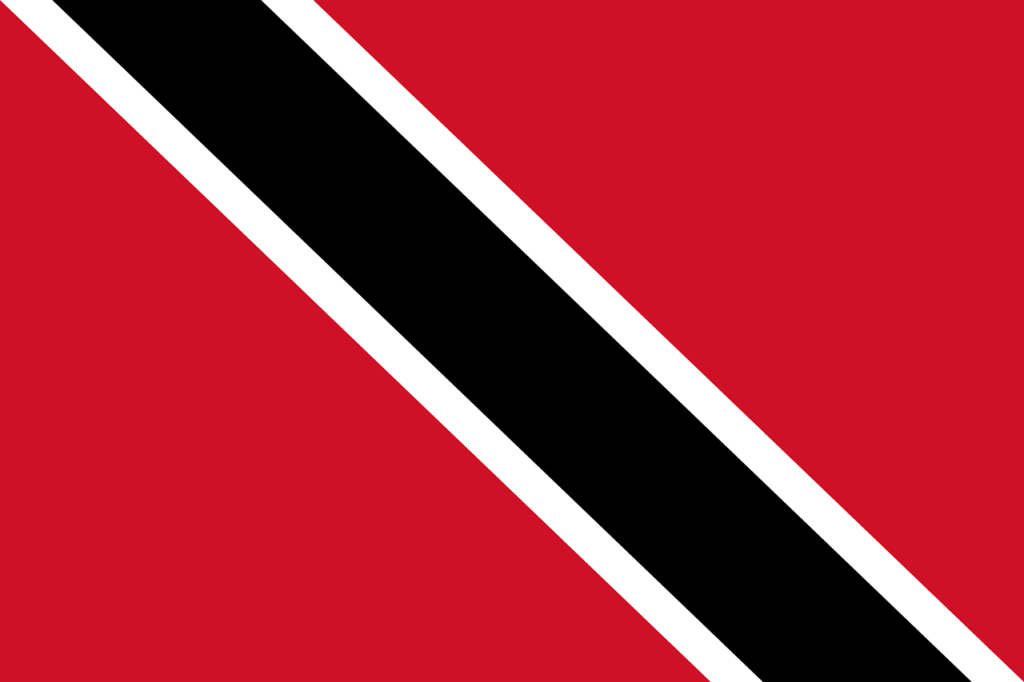
Local laws
Drug traffickers face severe penalties. Marijuana has recently been legalised for personal use, but if you’re caught selling it, you’ll be in serious trouble!
Same-sex relationships are still illegal in Tobago. Legislation exists that bars LGBT people from entering the country. In reality, this is rarely enforced and there is growing local support for LGBT rights, but it’s still best to avoid public displays of affection.
It is an offence for anyone, including children, to wear or carry camouflage clothing.
Health and Safety in Tobago
My Tobago travel guide continues with some thoughts about health and safety to bear in mind if you are visiting the island.
Health
It’s important to check the latest health advice issued by your government before you travel. In the UK, this is available from the National Travel Health Network and Centre (NaTHNaC).
In some areas of Tobago, medical facilities may be limited. The main hospital in Scarborough is able to treat most problems, but medical evacuation to Port of Spain, Trinidad or even to the USA may be necessary in more serious cases. Make sure you have adequate travel health insurance. For UK nationals, the Caribbean is excluded from most general policies, so you need to buy extra cover.
There is a risk of Zika virus transmission in Tobago. Also, mosquito-borne dengue fever is endemic. The best line of defence is not to get bitten!
- Use a DEET based insect repellent
- Wear mosquito repellent bracelets
- Burn mosquito coils
- Cover up, especially at dawn and dusk
- Eat Marmite! This is Mark’s preferred method!
If you need medical assistance whilst in Tobago, dial 990.
Safety
The vast majority of tourist visits to Tobago are incident-free. Statistically, it is much safer than Trinidad. However, it is sensible to consider the following:
Crime
Opportunist theft, especially during festivals and carnival season, is common. Take the same precautions as you would take anywhere:
- Don’t carry large amounts of cash
- Don’t wear ostentatious jewellery
- Use a hotel safe where possible to store valuables and passports
- Wear a money belt
- Don’t walk in deserted areas, even during daylight
- Take care when withdrawing cash from an ATM
If you need the police, dial 999. There are police stations in Scarborough, Crown Point, Old Grange, Moriah, Roxborough, and Charlotteville.
Driving
Hiring a car is the best way to get around Tobago. The roads are generally in a better state than those in Trinidad, but there are unexpected potholes along the way so be careful. Driving practices may be more erratic than you’re used to!
Emergency numbers
- Fire and ambulance – 990
- Police – 999
A Brief History of Tobago
Originally called Tavaco by the indigenous Carib population, the tiny island of Tobago has been fought over for centuries. Britain first claimed it in 1580 when sailors stopped at the island for water on their way to Brazil. In 1641, King Charles I gifted Tobago to his godson James who was the Duke of Courland in Latvia. A group of Latvians arrived the following year, but their settlement at Plymouth was constantly attacked by the Caribs. In 1658, the Dutch took over and during subsequent years the Amerindian population gradually died out.
Between then and the end of the 18th century, Tobago was fought over by the Dutch, the British, and the French. It changed hands an incredible 31 times!
In 1762, the British took control of the island and plantations flourished. Tobago was transformed into a highly efficient sugar, cotton and indigo factory manned by around 3000 slaves who had been shipped from Africa and controlled by fewer than 300 Europeans.
When slavery was abolished on Tobago in 1834, most of the island’s Africans either moved to the interior to plant small-scale farms or to the coast where they established fishing communities.
Following the complete collapse of Tobago’s sugar industry later in the century, Britain had no further use for the island. In 1899, Tobago was made a ward of Trinidad, effectively becoming the larger island’s poor relation with little control over its own affairs.
Through hard work and cooperation, the descendants of Tobago’s slaves succeeded in cultivating many food crops. Within a few years, they were exporting fruit and vegetables to Trinidad and, in 1927, the island was granted a single seat on the country’s legislative council.
After Hurricane Flora laid waste to most of Tobago’s crops in 1963, the island began to develop a tourist industry. Today, tourism remains the island’s main earner.
Festivals and Celebrations in Tobago
Public Holidays
Tobago’s 17 annual public holidays reflect Trinidad’s ethnic and cultural diversity with Christian, Hindu and Muslim celebrations included. Whilst Tobago has fewer minorities, the holidays are still celebrated! Banks and workplaces close, concerts are organised, shops have sales, and families get together to eat, drink and socialise.
- January 1 – New Year’s Day
- March 30 – Shouter Baptist Liberation Day – a relatively new public holiday in recognition of the African-based religion that suffered persecution in colonial Trinidad.
- February/March – Monday, Tuesday and Ash Wednesday before Lent – Carnival. This is Tobago’s most famous festival with fetes, pan and calypso competitions and costumed street processions around Scarborough.
- March/April – Good Friday and Easter Monday.
- May 30 – Indian Arrival Day – commemorating the arrival in 1845 of the first indentured Indian labourers to Trinidad.
- June 10 – Corpus Christi – a Catholic holiday marked by processions in many island villages.
- June 19 – Labour Day – a public holiday in recognition of trade unions and workers. It is most publicly celebrated in Fyzabad, southern Trinidad, where the powerful Oil Workers’ Union was established.
- August 1 – Emancipation Day – commemorating the abolition of slavery in 1834.
- August 31 – Independence Day – celebrating the 1962 independence from the UK.
- August/September – Eid-ul Fitr
- September 24 – Republic Day
- September/October – Divali -a festival honouring Mother Lakshmi, the Hindu goddess of light.
- December 25 – Christmas Day
- December 26 – Boxing Day
Other Celebrations in Tobago
- Harvest Festivals – these happen all year round in different villages on the island. For example, Buccoo holds its annual festival in February and Castara celebrates in July. Traditionally, the entire village opens its doors to passing revellers, offering them home-cooked food and alcoholic beverages.
- Goat Races – these take place in several locations over Easter. See below for further details.
- Tobago International Game Fishing Tournament – every March large boats come from all over the Caribbean and beyond to take part in this competition in Charlotteville.
- Turtle Season – the leatherback laying season officially opens on March 1st with guided viewing sessions to Turtle Beach run from hotels in Plymouth.
- Tobago Jazz Experience – international and local artists perform at several venues across Tobago every Apri. Past festivals have featured performances from John Legend, Randy Crawford, Emeli Sandé, Chaka Khan, and George Benson,
- St. Peter’s Day (June 29th) – celebrated in fishing communities throughout Tobago with huge fêtes on the beaches and pots of fish broth keeping the partygoers fed all night. The wildest celebration is the Fishermen’s Fête at Man O’War Bay in Charlotteville.
- Tobago Heritage Festival – held all over the island during the last two weeks of July. Festivities include a traditional calypso competition, a traditional Tobago wedding ceremony, and sports events.
- Great Fête – in August, there are huge beach parties and concerts at Pigeon Point and other venues around the island.
- Great Race – every August, speedboats navigate the dangerous currents of the Dragon’s Mouth in a race from Chaguaramas, Trinidad to Store Bay, Tobago.
- Trinidad and Tobago Film Festival – held over two weeks in September with films from all over the Caribbean, plus arthouse cinema from around the world, screened at Movietown, Scarborough.
- Blue Food Festival – held in Bloody Bay every October, this is a celebration of yams and eddoes, the starchy vegetables which feature so heavily in Tobagonian cuisine.
- Parang Season – taking place in December, this is a tradition of nativity songs sung in Spanish with a mixture of French patois dating from colonial days. Parang groups perform in bars, clubs and door-to-door.
How to Get to Tobago
By Plane
There are direct flights to ANR Robinson International Airport, Tobago from Frankfurt, London, Toronto, and New York in high season. There is also a regular inter-island service between Trinidad and Tobago with a flight time of just 25 minutes. A one-way ticket costs US$24.
From the airport, most of the popular tourist hotels around Crown Point are within walking distance, although, if you have luggage, you may prefer to take a taxi.
If you are staying away from the main tourist hub – in Castara, for example, a taxi from the airport will take around an hour and will cost you TT$300.
By Ferry
There is a twice-daily passenger ferry which runs from Port of Spain, Trinidad to Scarborough, Tobago. It takes hours, though, and is not much cheaper than a flight. I would advise that you only take the ferry if you’re driving!
Best Time to Go to Tobago
Tobago is a year-round destination with temperatures ranging from 25 to 32 degrees centigrade every day. In this tropical climate, rain is possible at any time, although the wet season is generally thought to run from the end of May to November.
Most visitors go to the island between December and April because this is when there are regular direct flights. At other times, you may have to change planes in Trinidad. During these months, the magic of carnival is everywhere, the trees are in full bloom and the weather is at its most forgiving with long hours of sunshine, very little rain and cool nights.
Accommodation and flight prices are pretty consistent throughout the year, though there is an inevitable price hike during Carnival week.
What to Pack for Tobago
With its tropical climate and consistently warm temperatures, unless you are someone who particularly feels the cold, you are unlikely to need jumpers and jackets when visiting Tobago. You’ll definitely need sunglasses and a sunhat. Life on the island is very casual. Shorts and T-shirts or sundresses are the order of the day. The best policy is to pack light. Don’t forget your umbrella, though!
Where to Stay in Tobago
Tobago has a wide range of hotels, guesthouses and self-catering apartments to suit all pockets.
As I mentioned above, most tourists stay close to the airport, around Crown Point. There are some nice beaches, plenty of bars and restaurants, and opportunities to take boat trips and tours to explore the rest of the island. A very good 3-star hotel with newly-refurbished apartments is the Crown Point Beach Hotel. We spent the weekend there recently. You can read my full review of our experience here.
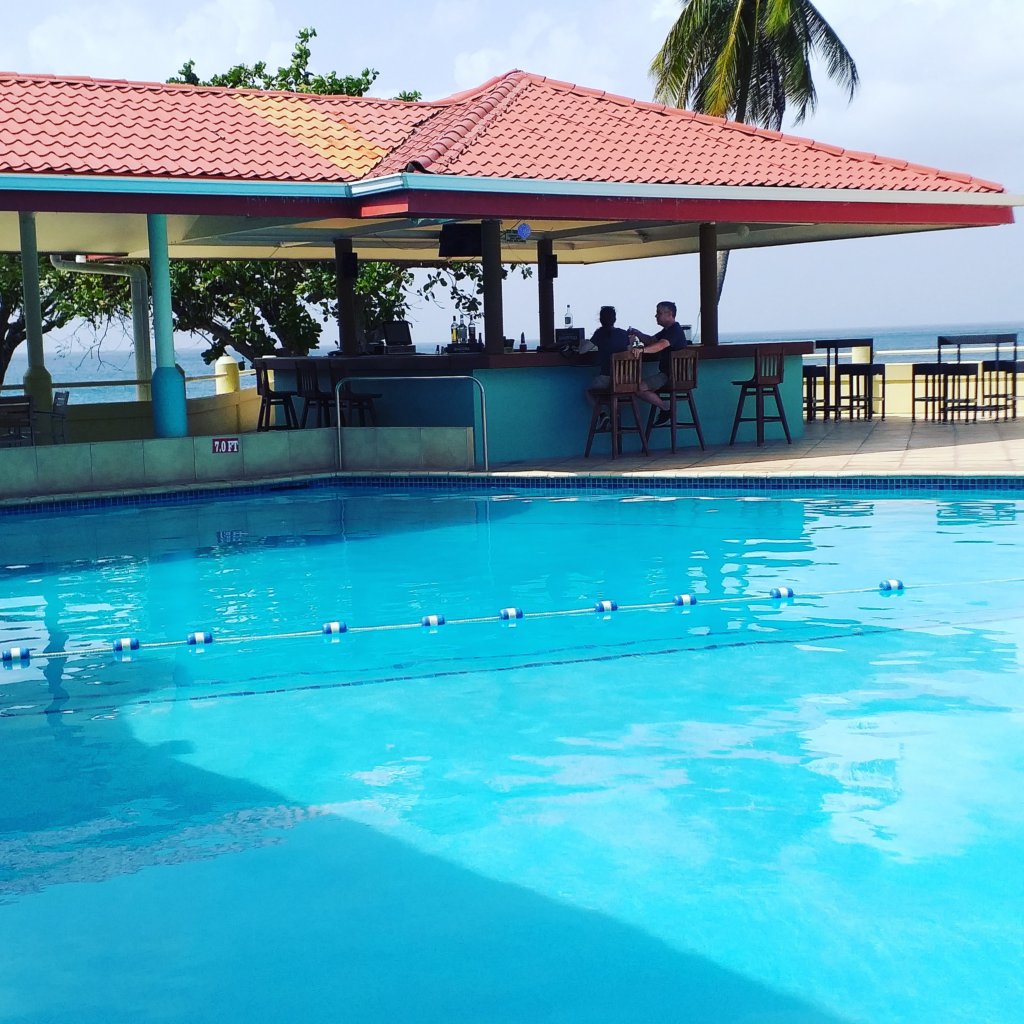
Sadly, many visitors who choose to stay at this end of the island simply stay there and don’t venture very far from their base. For a truly authentic Tobagonian experience, my advice would be to base yourself in the fishing village of Castara on the leeward coast of the island. There are plenty of places to stay there. My recommendation is the Boatview Apartments, spacious accommodation with huge decks overlooking the bay. At just US$70 per night, they are very affordable.
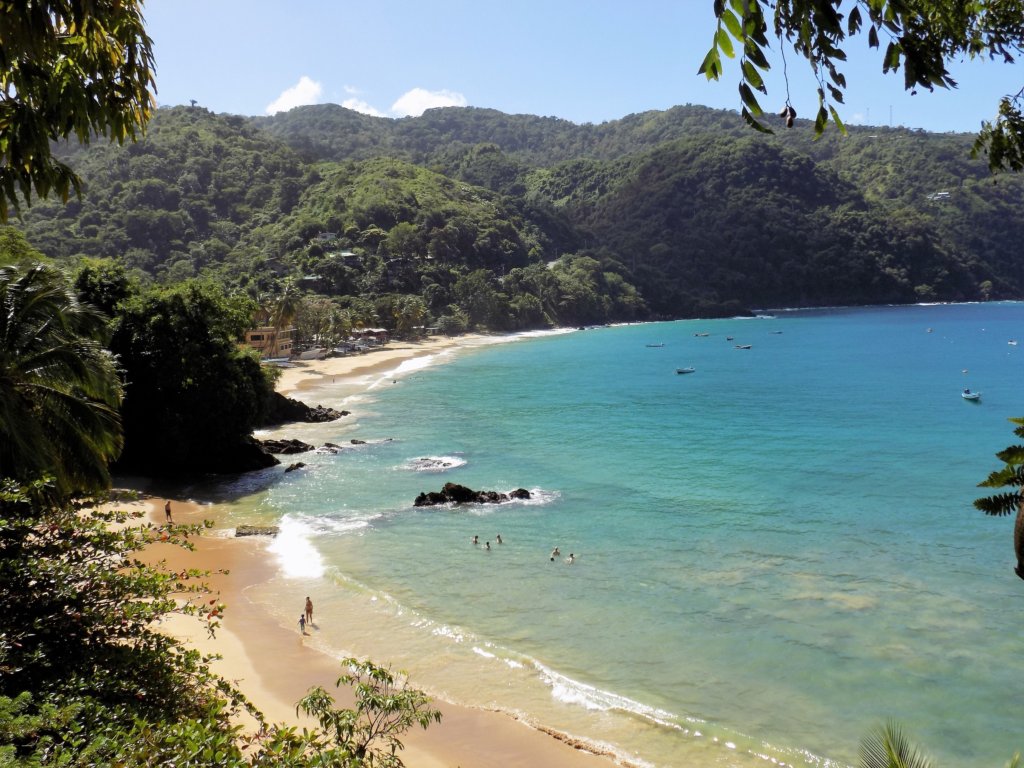
If you prefer to get back to nature, why not book a room at Concordia Estate in the centre of Tobago? This new eco-resort is just establishing itself on the island’s tourist map. Read my full review.
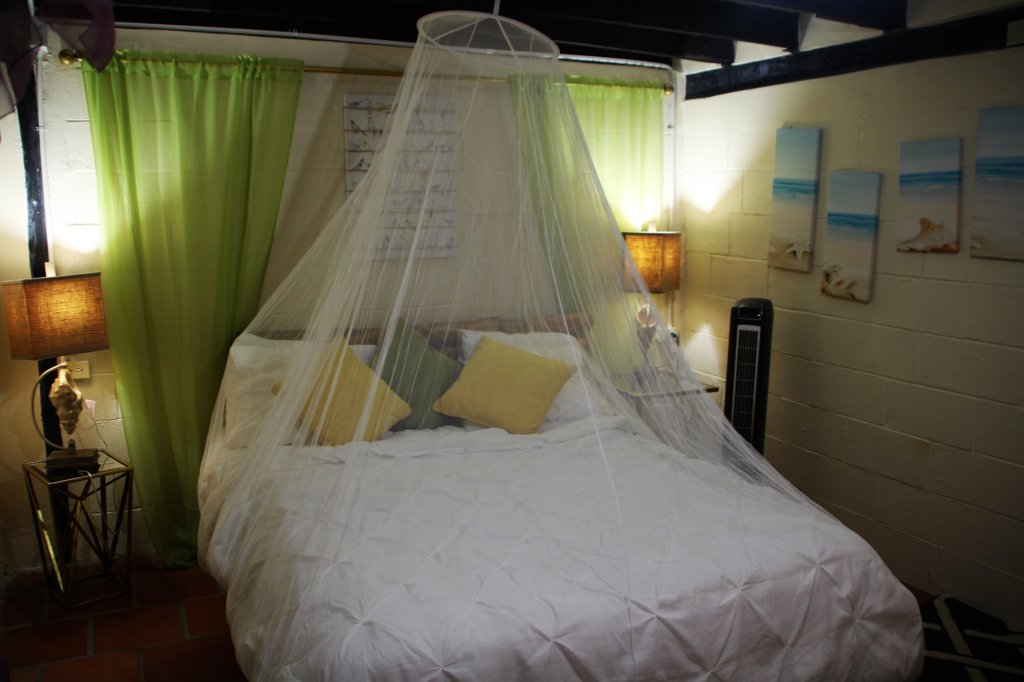
To get an idea of all available options, I recommend that you search for suitable accommodation on Booking.com:
Booking.com
What to Eat in Tobago
In the next section of my Tobago travel guide, I want to talk about the food you will find on the island.
Tobago’s cuisine is a unique blend of African, Indian, Chinese, European, and Latin American influences, overlaid with tones of countries as diverse as Syria, Lebanon, and Italy. The result is food which is much tastier and far more varied than you find on other Caribbean islands.
Many Tobagonian restaurants offer similar menus. You will choose your protein (fish, seafood, chicken, goat, beef, pork, or lamb) and this will be served with a set vegetable plate made up of a selection of dishes. These might include callaloo, macaroni pie, curried channa, flavoured rice, sweet potato mash, breadfruit cheese, bodi (long green beans), battered aubergine, coleslaw, pumpkin curry, and many others. This is great for vegetarians – just order the sides!
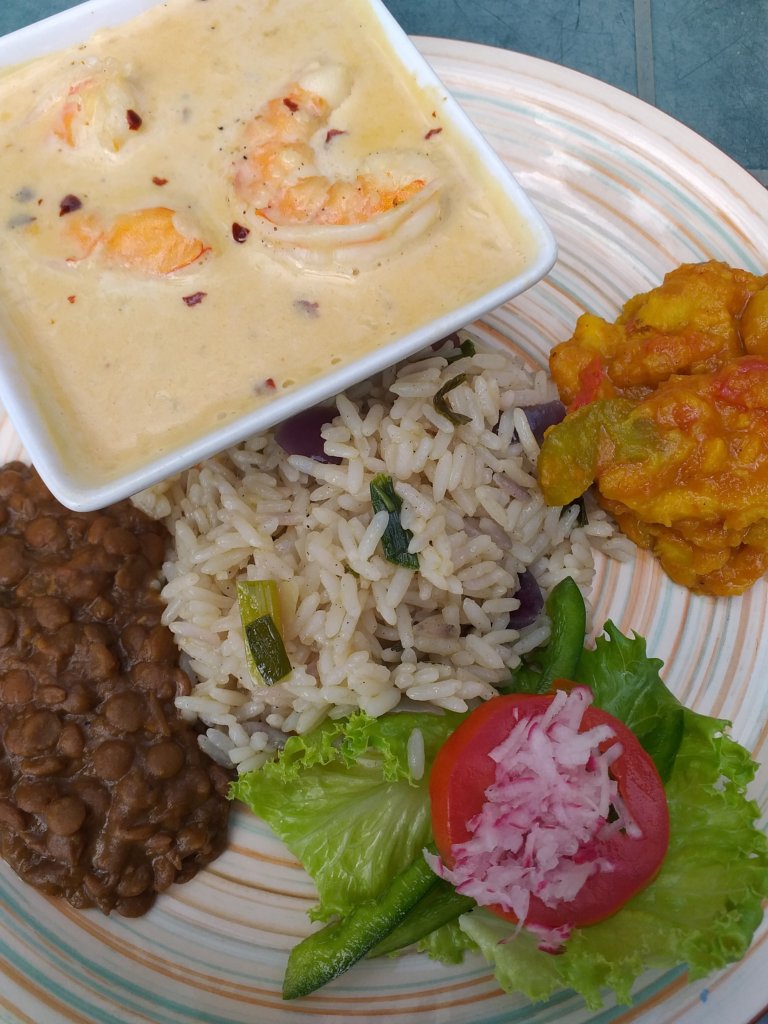
READ MY GUIDE TO THE BEST FOOD TO EAT IN TOBAGO
What to Drink in Tobago
Beer
Tobagonians are big beer drinkers. Two local brews are the most popular – Carib, a light, golden lager, and Stag, a stronger, darker beer marketed as ‘a man’s beer’! Guinness and Mackeson stouts are also widely drunk.

Rum
As you would expect, rum is sold everywhere in Tobago! The most popular brands are the clear White Oak and the dark variety Black Label. These are 43% abv and are usually drunk with a mixer or as an ingredient in a cocktail.
At 75% proof, the wickedly strong Forres Park puncheon rum is drunk neat by the locals but is probably best avoided by tourists unless it’s in a rum punch! This cocktail is a delicious blend of rum, blended fruits, nutmeg and a dash of Angostura bitters, the locally produced medicinal tonic which is a staple in drinks and in cooking.
Soft Drinks
Most soft drinks in Tobago are high in sugar with diet options rarely on offer. LLB, a local mix of lemon, lime and Angostura bitters, is widely available and makes a refreshing drink in hot weather. Carib shandy in sorrel, ginger, or lime varieties is another popular option. The best thing for the heat, though, has to be fresh coconut water, sold fresh from the nut or bottled.
Chocolate Tea
This is usually served with breakfast and is sweetened cocoa spiced with nutmeg and cinnamon.
Best Things to Do in Tobago
This part of my Tobago travel guide describes the best things to do on the island. If you think I’ve missed anything out, please let me know in the comments below.
Enjoy the Laid-Back Vibe
Tobago is an extremely relaxed island! Tobagonians like nothing more than ‘liming’, chilling with their friends, sharing some food and a few drinks, perhaps creating, or simply listening to, some music. It’s almost guaranteed that you’ll be invited to join in at some point during your stay on the island. My advice would be to go with it! You’ll have a really good time!!
Unlike other holiday destinations (including most other Caribbean islands), tourism development in Tobago has generally been very low-key. There are no high rises and only a couple of all-inclusive resorts. Sandals was recently thwarted in its efforts to build on the island. Tourist-only hotspots don’t really exist in Tobago. Locals and visitors co-exist. They use the same beaches, bars, and restaurants. It’s one of the things we love – you are much more likely to make friends with local people here than elsewhere.
This video demonstrates what I’m talking about. A guy came into the bar to ask the owner if he could entertain the customers with his steel pan. He was asked to show what he could do. Brenton, the bar owner, joined in. Customers stopped to listen. Others danced to the music. Before we realised what was happening, we were all liming together. That’s Tobago life!
Hire a Car to Explore the Island
Most of the international car rental firms, as well as local operators with just one or two vehicles for hire, are clustered around the airport. Expect to pay around US$70 per day. You will probably get it cheaper with a local company, but you might not get the same level of insurance and you certainly won’t get roadside assistance. Having said that, if you do take this option and the worst did happen, you wouldn’t be stranded for long. Someone would soon stop and offer to help. It’s the Tobagonian way!
If you’re basing yourself in Castara, be sure to use Taylors or The Naturalist for your car rental. Ask your hotel or guesthouse owner to organise this for you. They can arrange to have a car waiting for you when you arrive at the airport.
You can easily drive around Tobago in a day, though you might want to take longer and make stops along the way.
A good route is to take the Claude Noel Highway north from Scarborough and follow the windward coast all the way to the northern tip of the island. Return along the leeward coast road and take in the beautiful beaches at Parlutuvier and Bloody Bay. Read my detailed account of this drive here.
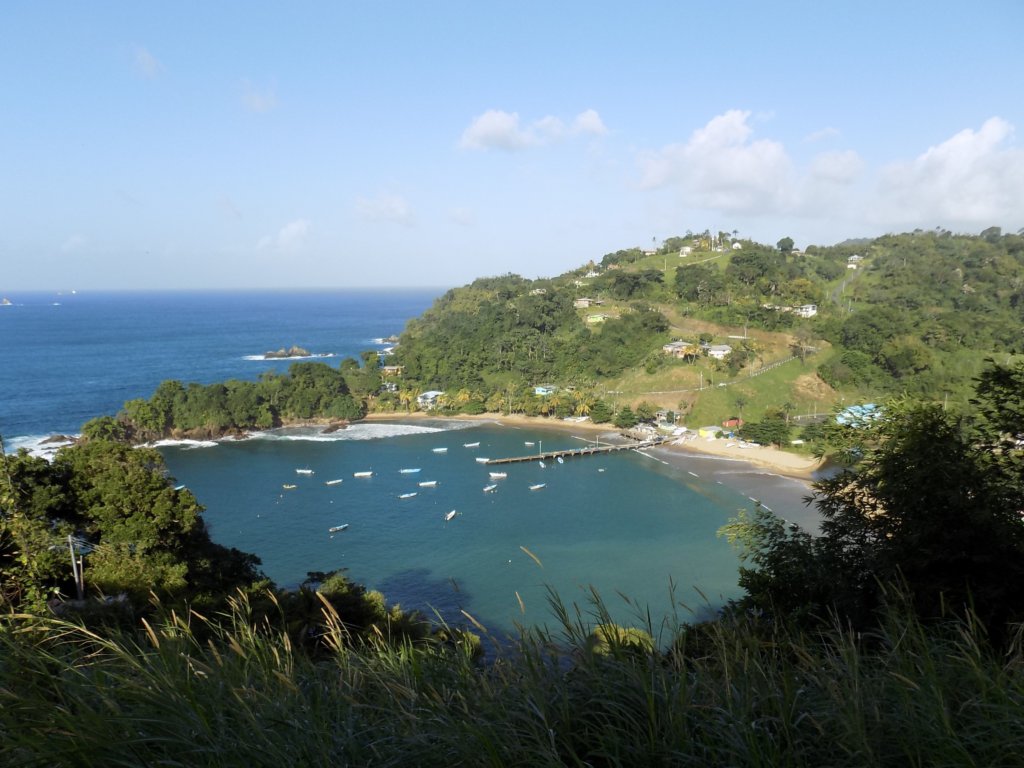
Spend time in Castara
As I’ve already mentioned, Castara is our ‘home away from home’. We have now spent almost a year in this fishing village on the leeward side of Tobago. If you choose to visit, you too will be drawn into village life and may find yourselves returning again and again. Many people do!
There are many places to stay in Castara, mostly self-catering apartments, many of which have amazing views over the beautiful bay. If you don’t want to cook for yourself, there are several excellent bars and restaurants which offer both Tobagonian and international cuisine. Don’t miss the Boathouse Restaurant in Little Bay. There is no better place on Tobago to enjoy a cocktail as the sun goes down. If you’re in town on a Wednesday evening, make sure you book a table for the best night out – a delicious dinner followed by African drumming and limbo dancing.
Read this article for all the reasons we love Castara!
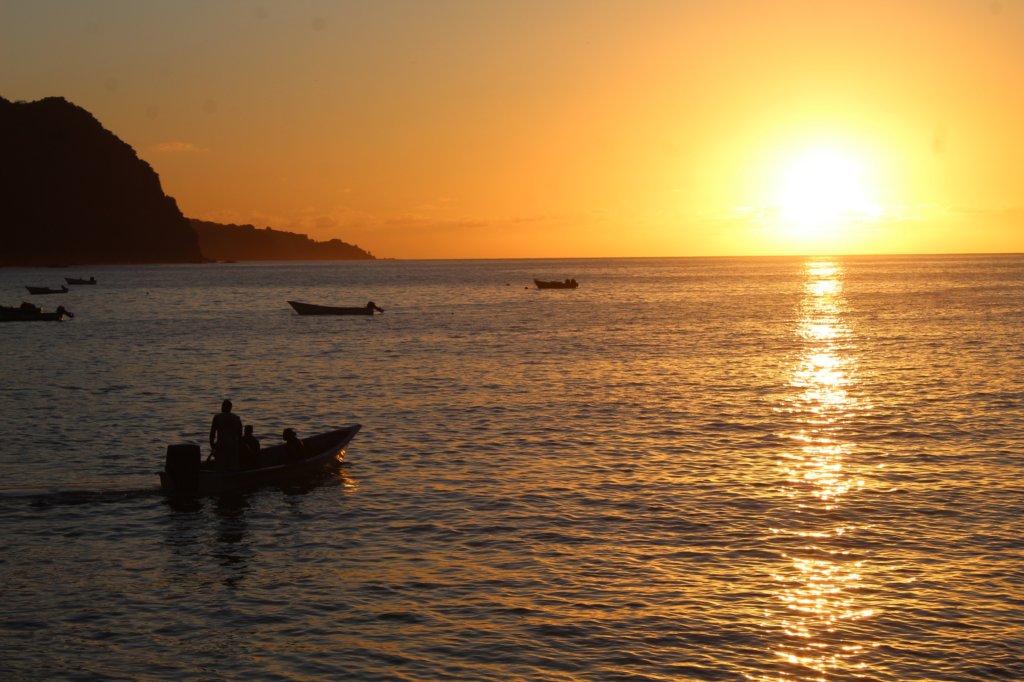
Snorkel Over Unspoiled Coral Reefs
The coral reefs found just off the coast at Speyside, Charlotteville, and Castara are as good as you’ll find anywhere in the Caribbean. You don’t have to venture very far offshore before you see massive manta rays, colourful parrot, angel, damsel, and butterfly fish, majestic sharks, and even the odd turtle. Spend hours exploring this spectacular underwater world.
Go Hiking in the Rainforest
There is a road which connects the leeward and windward coasts of Tobago. It runs right through the middle of the island, bisecting the Tobago Forest Reserve and the central mountain range. The route attracts very little traffic so you can proceed slowly to admire the pioneer ferns and parrot-apple trees. Whilst you can get a sense of the majesty of the rainforest from a vehicle, it is far better to get out and explore on foot.
The reserve is the oldest protected rainforest in the western hemisphere. 14,000 acres were designated a protected Crown Reserve by the British in 1776. This was thanks to scientist Stephen Hales who feared that plantation owners were encroaching into the forest and endangering the entire eco-system of the island.
The main point of access to the Forest Reserve is the Gilpin Trace, marked by a painted sign 3km along the road from Roxborough towards Parlatuvier. There is a 5km trail into the forest which takes around 2½ hours to complete at a leisurely pace. It is well marked and maintained, but is often muddy due to the high level of rainfall in the reserve (3.8 metres annually!). To get the most out of your visit, it’s best to hire a guide rather than go independently. He or she will make sure you stay safe and will point out all the insects, birds, and plants that you might miss if you were alone.
Registered guides (recognisable by their official ID badge) wait at the entrance to Gilpin Trace. Expect to pay around TT$300 for 2½ hours.
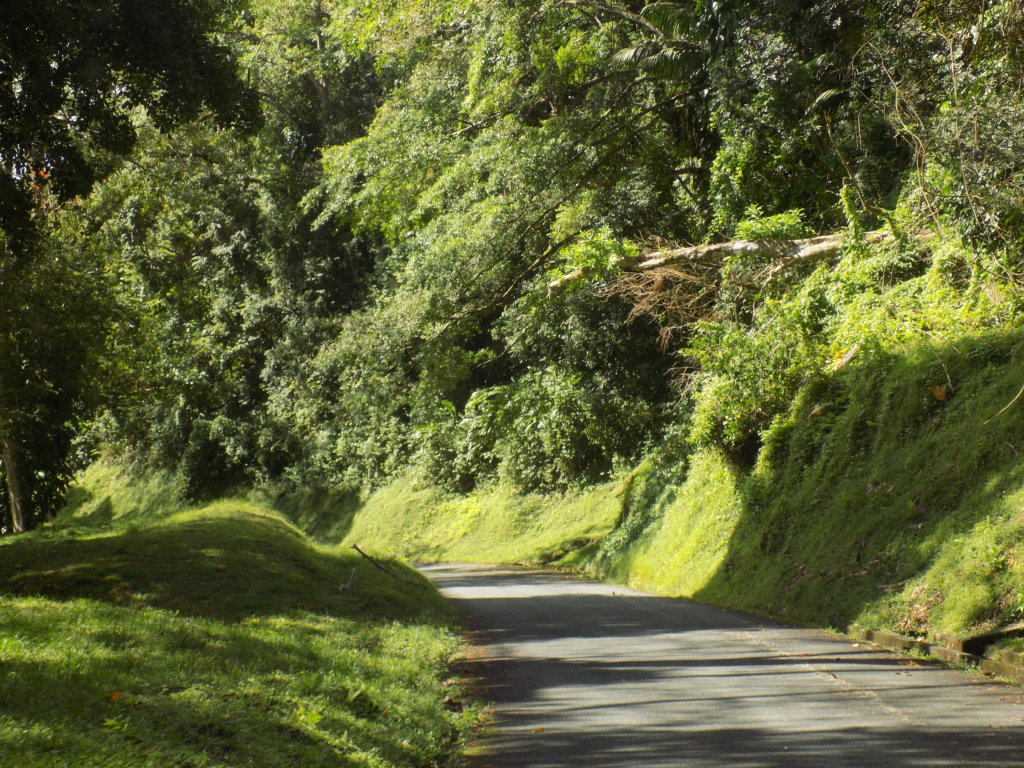
Attend Sunday School
No, it’s not what you think! Sunday School is a Tobago institution. It’s an all-night outdoor party which takes place in Buccoo village every Sunday evening. Revellers come from all over the island to enjoy the music, the rum, and the street food.
Food vendors and craft stalls set up from around 8pm, but the party doesn’t really get started until after 10pm. There is sometimes live music in the form of steel pan bands, but most of the entertainment comes from a sound system on the beach. Soca, hip-hop, reggae, and R&B tunes are played at full volume and everyone joins in with the dancing. It’s not just for the young. People of all ages throw themselves into the action. So, don’t be embarrassed! Let your hair down and have a good time! Keep your valuables safe, though – the event is a pickpocketer’s dream!
This video shows the Buccooneers Steel Orchestra performing at Sunday School.
Get the Perfect Instagram Shot at Pigeon Point
Pigeon Point, where the Atlantic Ocean meets the Caribbean Sea, is the most photographed spot in Tobago. The powdery white sandy beach and the calm turquoise water with a backdrop of palm trees swaying in the breeze draw crowds of locals and tourists alike.
The beach is open from 8am to 5pm every day. There is a charge of TT$30 per person to enter and you will pay extra if you want to hire a sunbed. There are several places where you can buy a drink, an ice-cream, or some fast food, but be prepared to queue – they are usually extremely busy! You’ll pay more than you will elsewhere, too!
In my opinion, there are several better beaches on Tobago than Pigeon Point, but it’s one of those places that you have to go to! The wooden jetty with the thatched shelter at the end is the place on the island that features in more Instagram posts than any other. You just have to go with the flow!
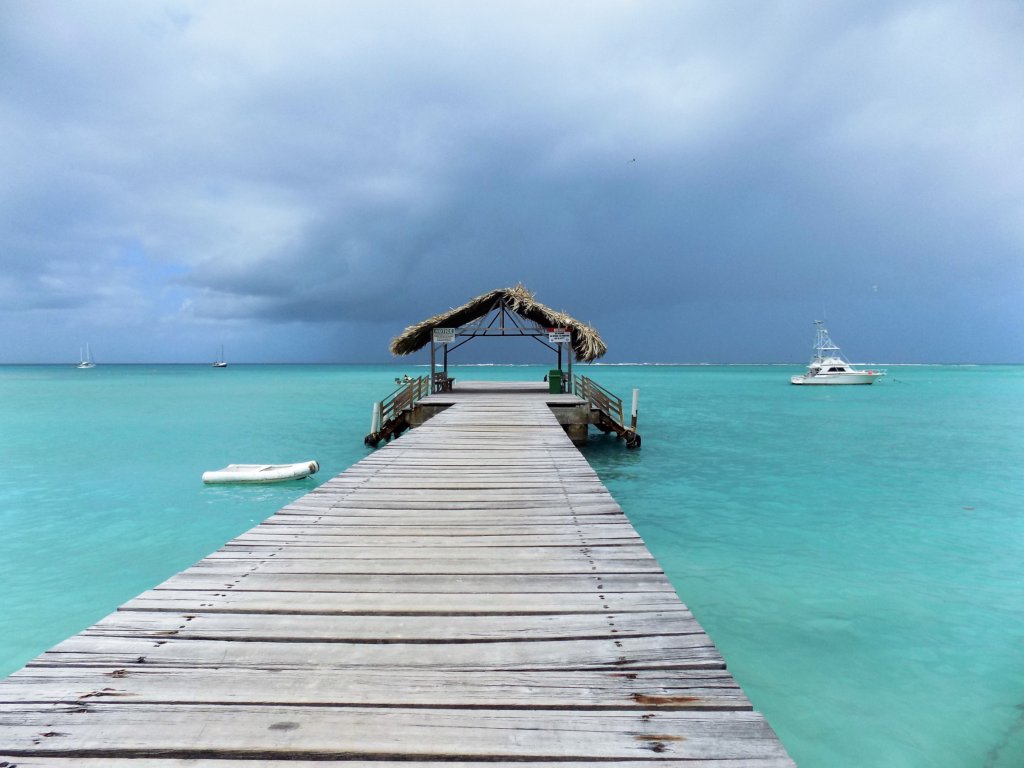
Learn to Dive
Tobago is a safe, inexpensive place to learn to dive. It has relatively few divers visiting its dazzling coral reefs, volcanic formations and marine wrecks. The seas around Tobago are home to more than 300 species of South Atlantic coral and a variety of vibrant colourful fish. The island has plenty of challenging drift diving for the more experienced.
There are a number of courses on offer, suitable for all levels of competence from novice to expert. Check out the Association of Tobago Dive Operators for a full list of certified scuba-diving operators.
If you are in Castara, I can recommend PADI instructor, Richie Louis of the Wild Turtle Scuba Club. See his website for details. (Yes, that is him strutting his stuff in the video of the jamming session at the Boathouse! 😊)
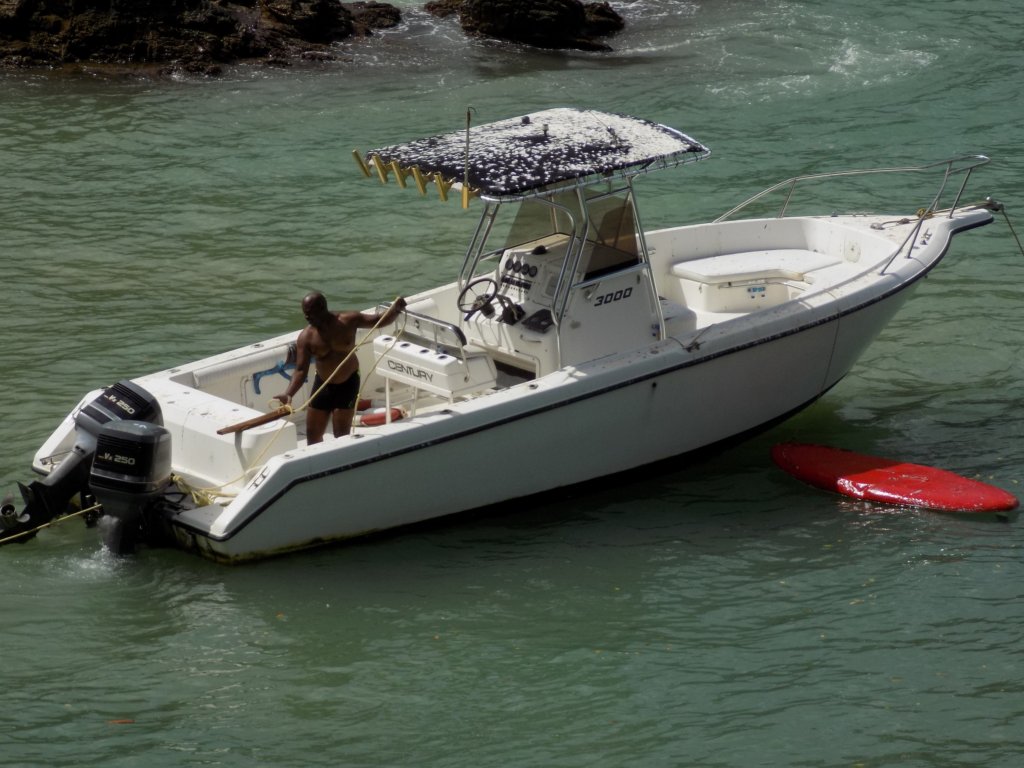
Take a Trip to Little Tobago
Little Tobago, aka ‘Bird of Paradise Island’, is a 2km² rocky outcrop off eastern coast of Tobago. It has long been a bird-watchers dream. David Attenborough no less, filmed parts of his ‘Trials of Life’ series here. Even if you’re not a twitcher, though, the island is still worth a visit.
You can join a glass-bottomed boat tour from Blue Waters Inn. It includes a guided walk of Little Tobago and a snorkelling stop or two on the way there and back.
Read my article for much more detail about Little Tobago.
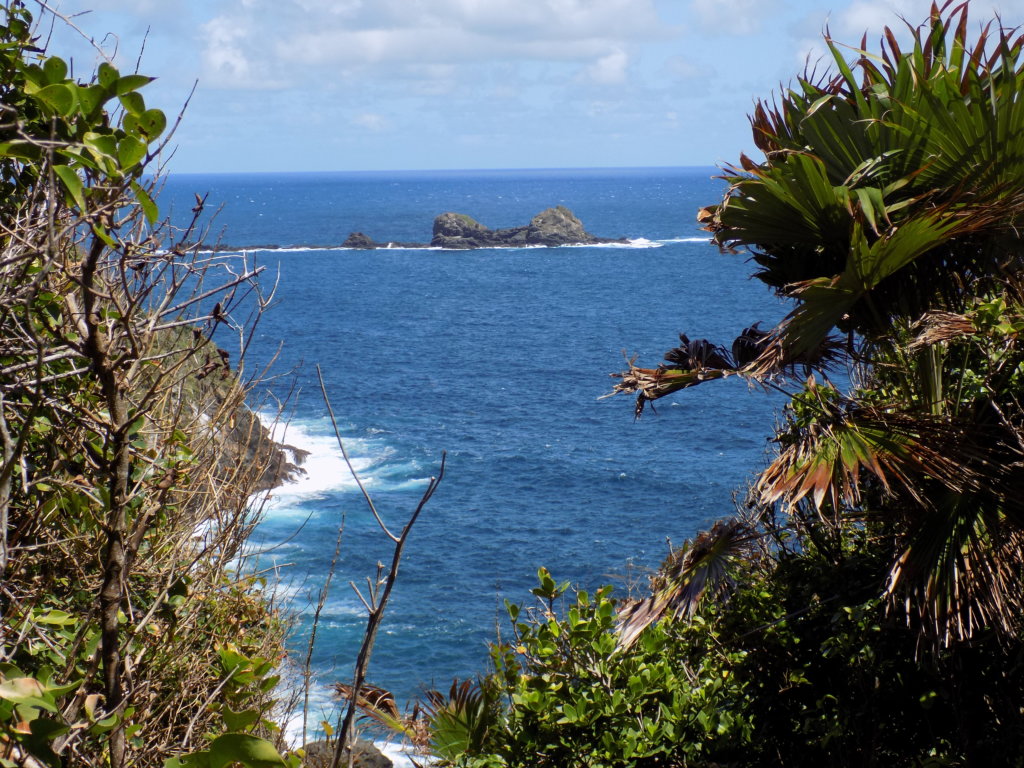
Learn about Hummingbirds
Like Trinidad, Tobago is one of the best places to observe hummingbirds. Most rental apartments and guesthouses set up special feeders on their decks and balconies so that guests can enjoy watching these fascinating creatures.
Hummingbirds are valued by the locals, not least because the Amerindians, the original inhabitants of the islands, believed that hummingbirds contained the souls of their ancestors. Hummingbirds are the major pollinators in Trinidad and Tobago, pollinating over 8000 species of flowering plants. The hummingbird is on the national coat of arms, the currency, and the passport. It is the symbol of Caribbean Airlines and the country’s post office.
Check out my article to learn all about hummingbirds.
Watch this video I took on the deck of one of the Boatview Apartments. Spot the feeders Mark made from soft drink bottles!
Go Horse-Riding in Buccoo Bay
If you like horse-riding, a highlight of any trip to Tobago will be getting up close and personal with the animals at Being with Horses. This amazing small business takes great care of its horses and gives tourists the unique opportunity to ride (bare-back if you wish) along the beach and through the waves.
See this video for a taste of what to expect:
Surf at Mount Irvine Beach
From November to February, the big breakers at Mount Irvine Beach make it the perfect spot for surfing. Enthusiasts from all over the world are drawn here for the relaxed vibe and challenging conditions. The water is initially shallow and there is a reef directly offshore. The skill is not just in catching a wave, but in negotiating your way in so as not to damage your surf fin on the coral. No protective footwear is allowed. This is to stop over-eager surfers jumping in and damaging the coral.
For non-surfers, Mount Irvine Beach offers excellent swimming all year round. There are showers and changing facilities, as well as a bar/restaurant which serves ice-cold drinks and simple lunches.
This video, shot with a drone, shows the size of the waves in Mount Irvine Bay.
Relax on the Beach at Englishman’s Bay
There are so many excellent beaches in Tobago. Our favourite, though, is Englishman’s Bay! It’s pretty inaccessible without a car meaning that it’s off the radar for most tourists. We have been there many times and have never been joined by more than half a dozen others.
The bay offers a perfect crescent of soft yellow sand and deep blue water. There is hardly any development – just one simple shop/restaurant where you can rent a sunbed, buy some locally-made crafts, or enjoy a lunch of barbecued fish served with chips and salad. The washing line full of colourful sarongs blowing in the ever-present breeze makes for the perfect photo opportunity!
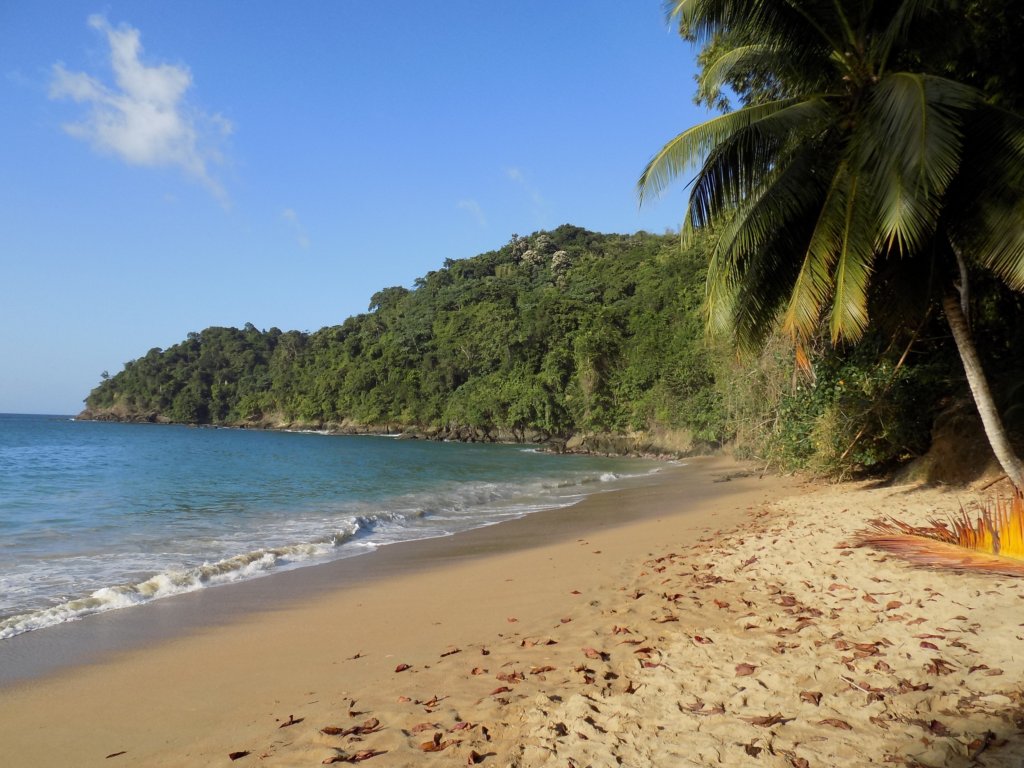
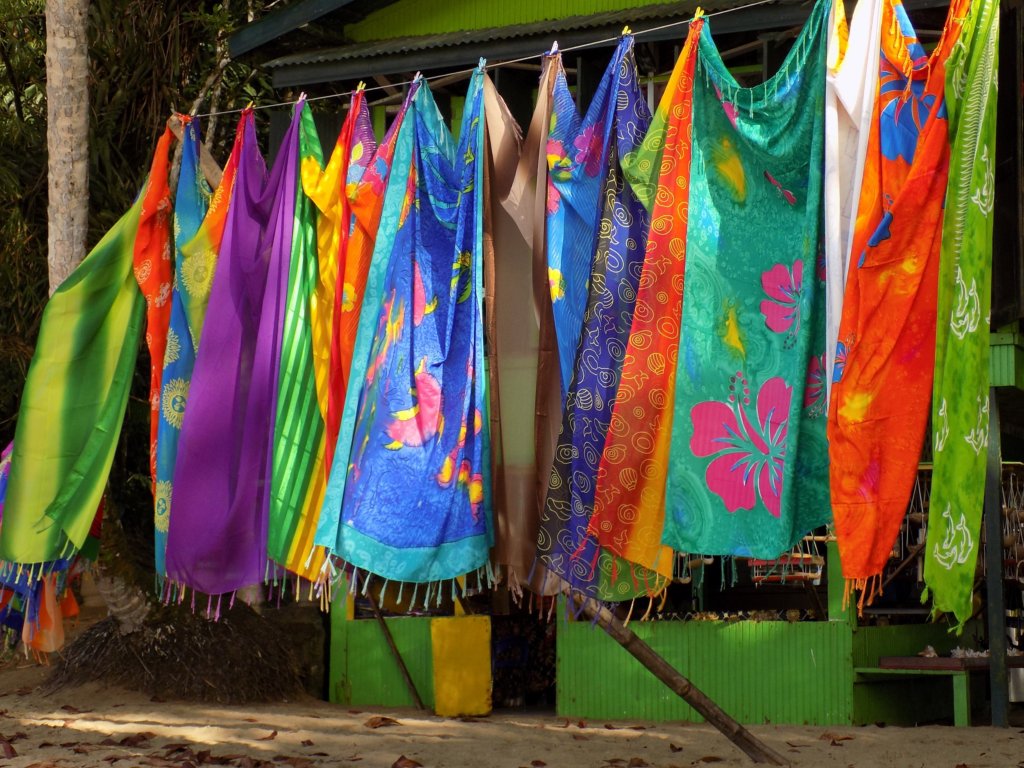
Cool Off in Argyle Waterfall
Argyle Waterfall is Tobago’s highest waterfall with a drop of 54 metres. It’s a popular spot with locals and tourists alike.
There is a small fee to pay to access the site. Beyond the ticket office, it is a pleasant 15-minute walk to the falls. An official guide will walk with you (his services are included in the entry price) to point out the flora and fauna on the way.
Once at the falls, there is an optional climb up a steep path to access a couple of deep swimming pools. Be very careful – the rocks are very slippy.
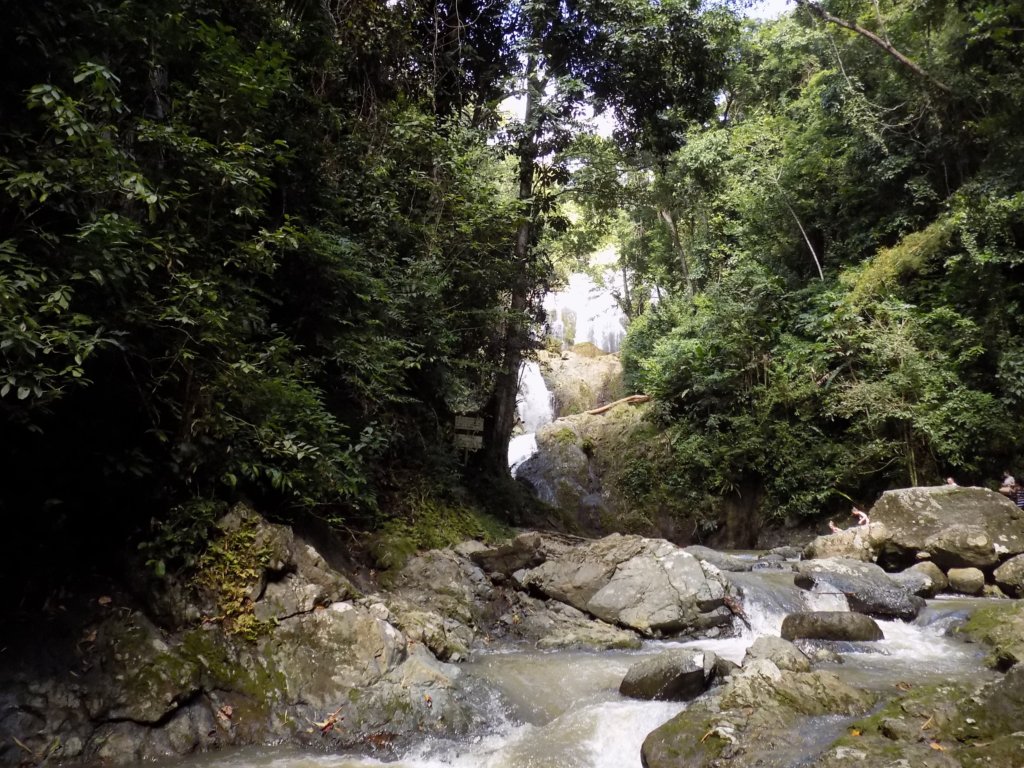
Take a Boat Trip to Buccoo Reef and Nylon Pool
This is one of my favourite things to do in Tobago! You will find countless glass-bottomed boats touting for customers around Store Bay, Buccoo, and Pigeon Point. Ask questions to make sure you know what kind of trip you are getting. Many of these vessels are ‘party boats’. You’ll have copious amounts of rum punch and lots of loud soca music, but you might not learn very much about the spectacular reef and the unbelievable pool.
If you prefer a more personal experience, I can recommend Ali Baba’s Tours operating out of Castara. A full-day boat trip including several snorkelling stops, a barbecue lunch at No Man’s Land beach, and rum punch in Nylon Pool will set you back US$90 per person. It’s worth every penny! You will have an unforgettable day!
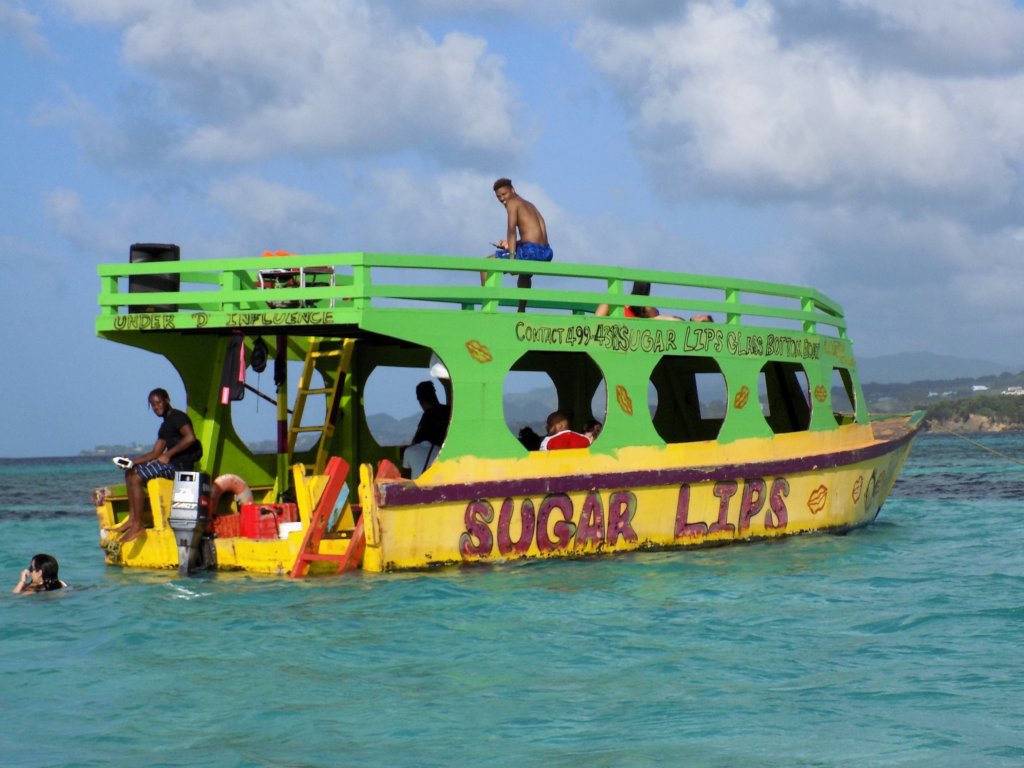
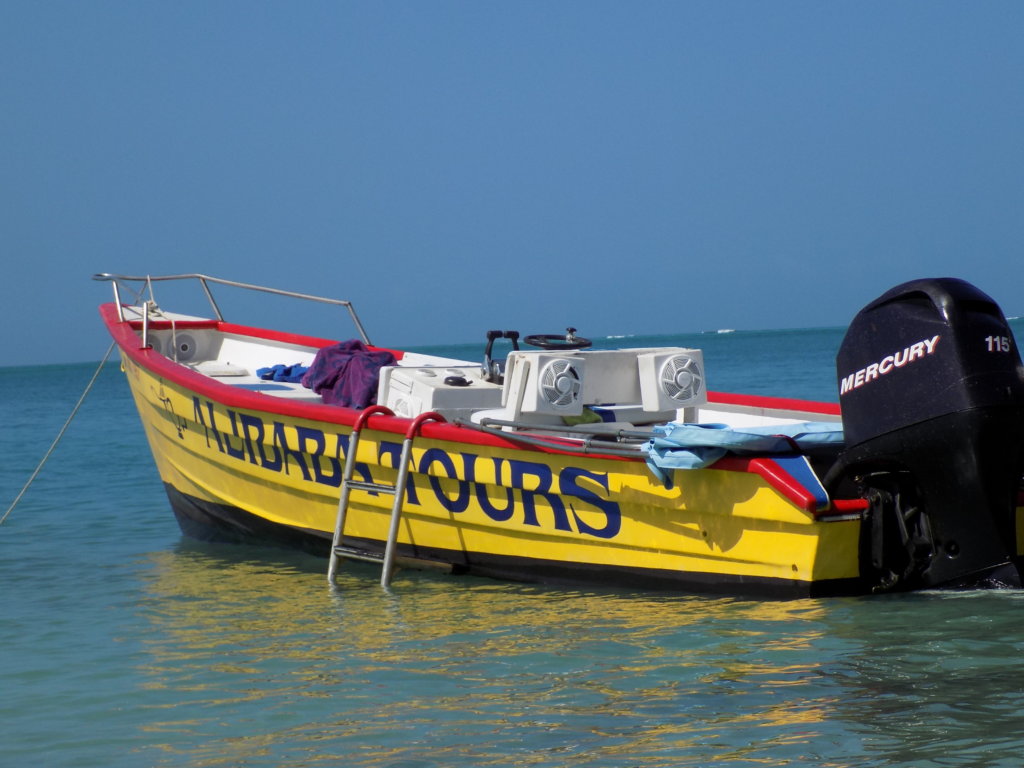
Have a Creole Lunch at Store Bay Beach
Store Bay Beach is located just a two-minute walk from the airport. The gently-shelving soft white sand and crystal-clear warm water make it one of the most popular beaches in Tobago. Holidaymakers, mainly from Trinidad, keep the numerous local craft stalls and boat operators busy. There is always a lively atmosphere here with a couple of bars blasting out reggae and soca music all day long.
There is a colourful row of shacks behind the beach which all offer tasty, inexpensive local food. Choose from Miss Jean’s, Miss Trim’s, Miss Joycie’s, Alma’s, Sylvia’s, or Miss Esmie’s. All offer similar menus which invariably include Tobago’s national dish, Curry Crab and Dumplin’. This creole speciality is not to everyone’s taste, but it’s something you must try at least once!
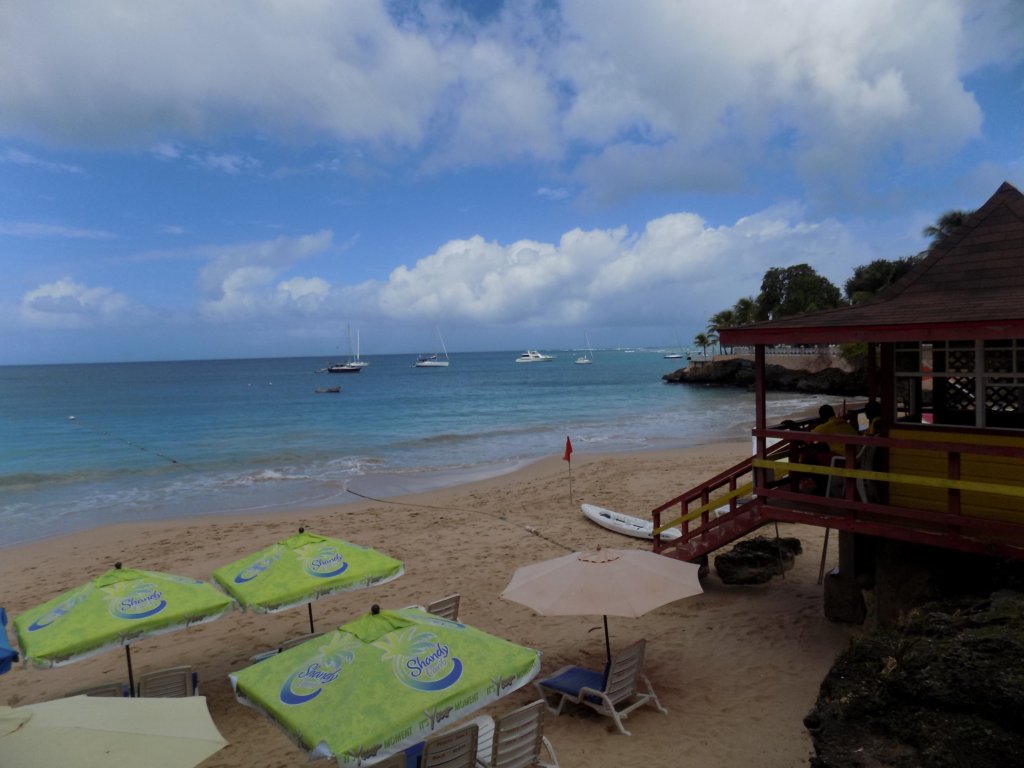
Try Your Hand at Water Sports
Just around the headland at Pigeon Point, the wind often whips across the Bon Accord Lagoon to give very different weather conditions. It makes a refreshing respite from the steamy heat of the beach and provides the perfect conditions for kiteboarding, windsurfing, jet-skiing, and paddleboarding. There is an outlet where you can hire all the equipment you’ll need, or, if you’re a novice, book a lesson or two.
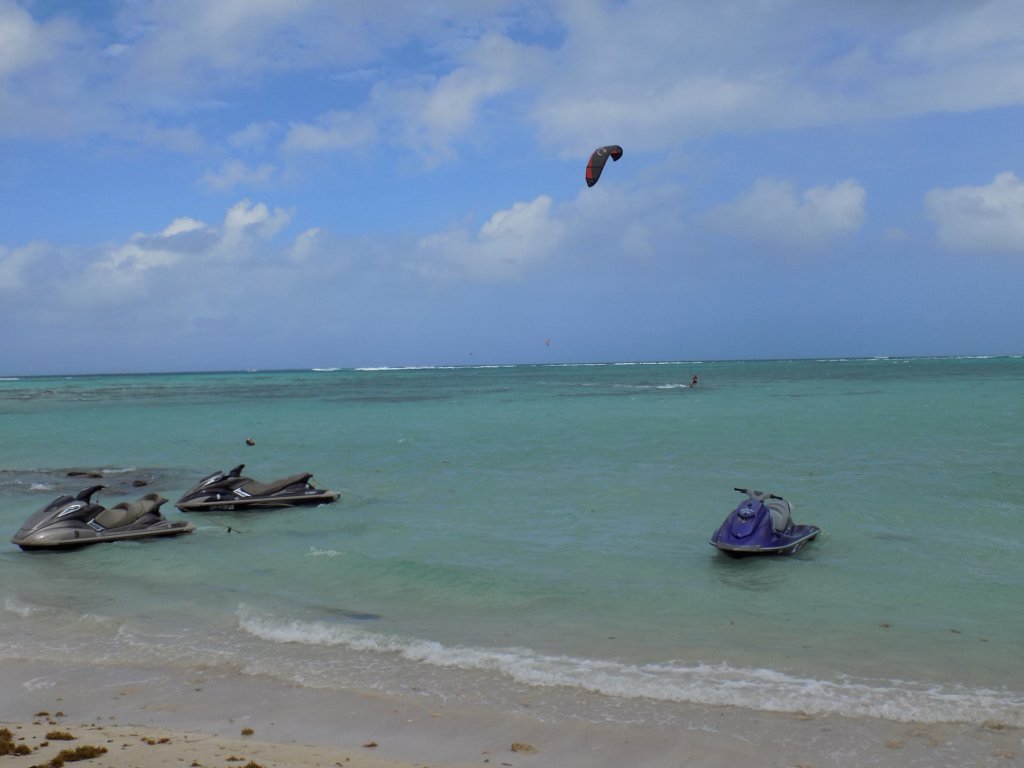
Experience Carnival
If you’re lucky enough to be in Tobago during carnival time, you’re in for a treat!! The focus of the festivities is in Scarborough with the main carnival parades taking place on the Monday and Tuesday before the start of Lent. The build-up, however, happens for several weeks before with competitions to find the best calypso, soca, and steel pan bands. The culmination of all of the celebrations is the Carnival Tuesday Parade of the Bands with the full display of elaborate costumes that people have been working on for months. It surely is a sight to behold!!
A flavour of carnival in Tobago:
If You’re in Tobago at Easter, Don’t Miss the Goat Races!
Local culture is very important to Tobagonians and they are happy to share their stories and traditions with visitors. Nowhere is this more the case than at the annual goat races. If you’re on the island at the right time, make sure you go!
Started in 1925, the Buccoo goat races on Easter Tuesday are the culmination of a weekend of open-air parties and harvest feasts. These tournaments might seem ridiculous to outsiders, but locals take them very seriously. They study the form and the character of the goats and place bets on those most likely to win. Racing goats are raised and trained specifically for the competitions. The event attracts crowds from all over Tobago and a carnival atmosphere prevails. As well as the races, there are dancers, drummers, food vendors, and craftspeople to provide entertainment and shopping opportunities. After the final race and prize-giving ceremony, the party continues well into the night.
Watch this video for a better insight into goat racing:
Take a Tour
Whilst it’s perfectly possible to explore Tobago independently, why not join a tour and let someone else sort out the logistics? It’s a great idea, especially if time is limited. Whenever we visit a new destination, we book a tour with a local guide. There’s no better way to get under the skin of a place! We use Viator when we want to uncover interesting things to do in a new country. They’re easy to use and book with, and we’ve had some amazing experiences with them.
Check out these examples:
Read more about Tobago and its birdlife
Try my Tobago colouring books and cookbook!
If you like what you’ve read, PIN IT!!
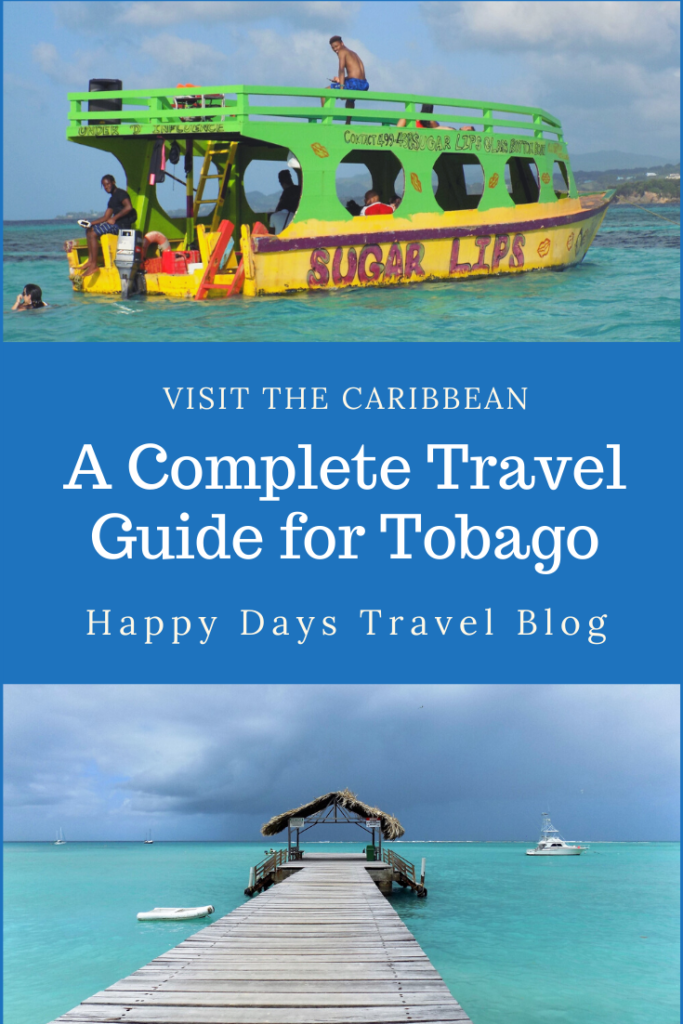
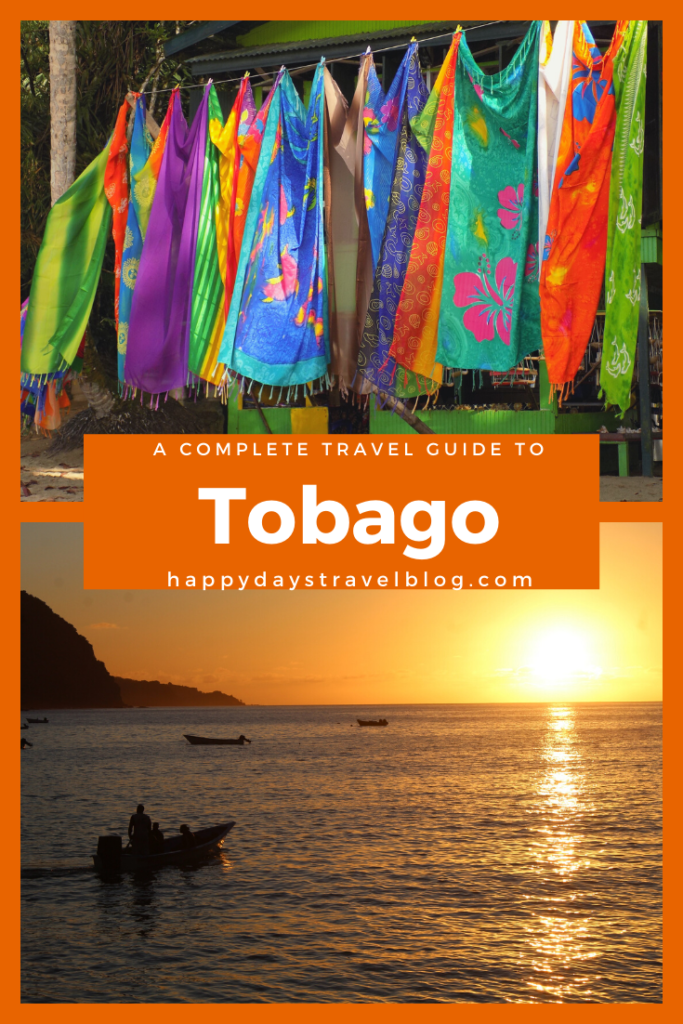
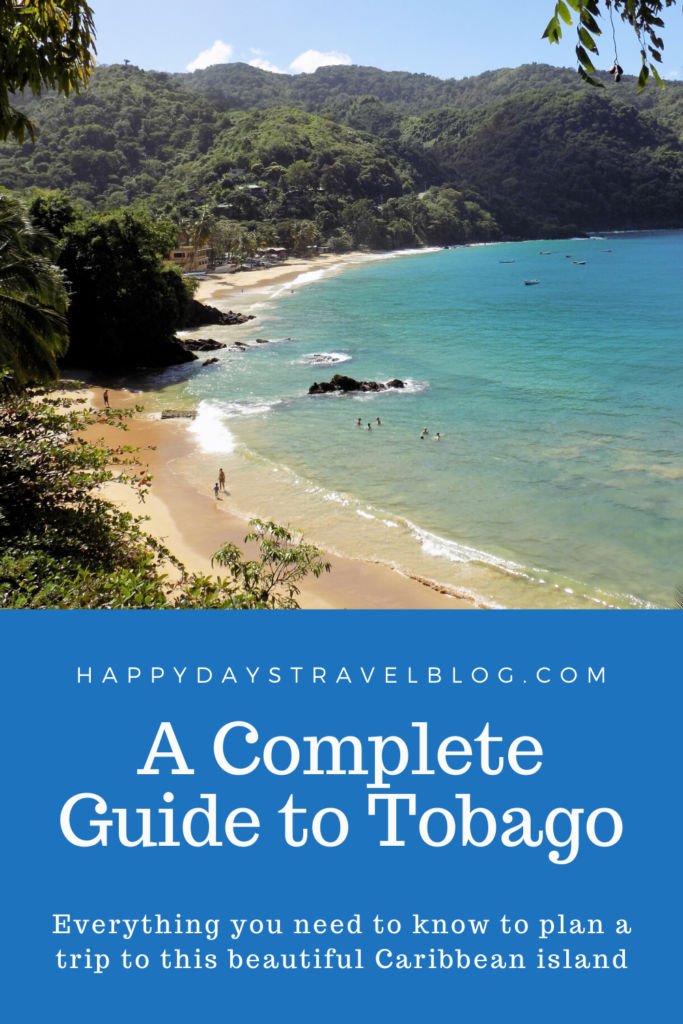
If you’re travelling soon, please use these links!
Are you travelling soon? Use these links when making your bookings. These are the companies we use. It won’t cost you any extra, but we will earn a few pennies to help keep Happy Days Travel Blog going. Thank you!!
- Book your travel insurance with World Nomads (Never leave home without protecting yourself, your trip and your belongings!)
- Book your flight with Skyscanner
- Book your accommodation with Booking.com
- Book a tour with Tour Radar or Intrepid Travel
- Book city tours and activities with Get Your Guide
Disclosure: This post contains affiliate links. If you click through for more information, or to make a purchase, it may result in a small commission coming my way. Please note that there is no extra cost to you associated with this. Thank you so much for supporting my site.
Join our mailing list

Sign up to receive our monthly newsletter. Keep up with what we're doing and be the first to receive special offers and insider tips.

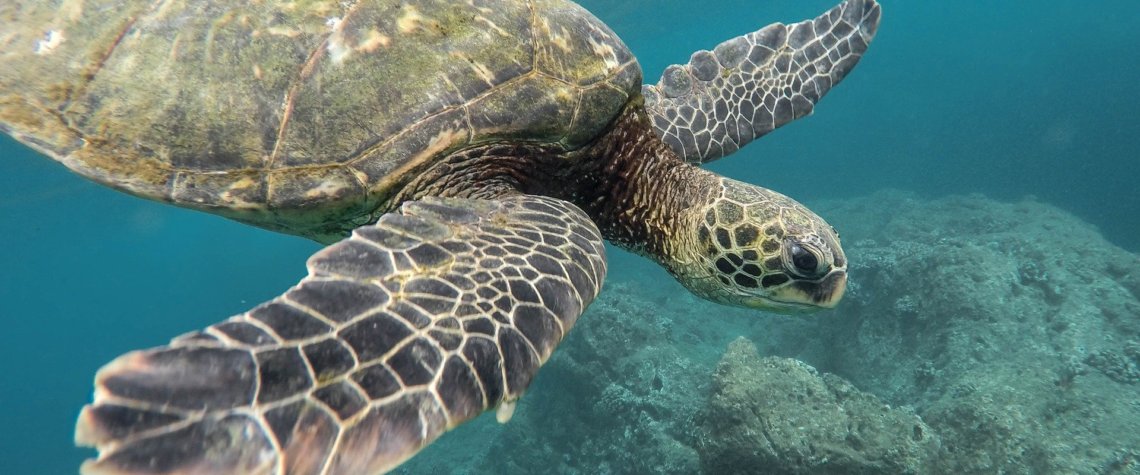
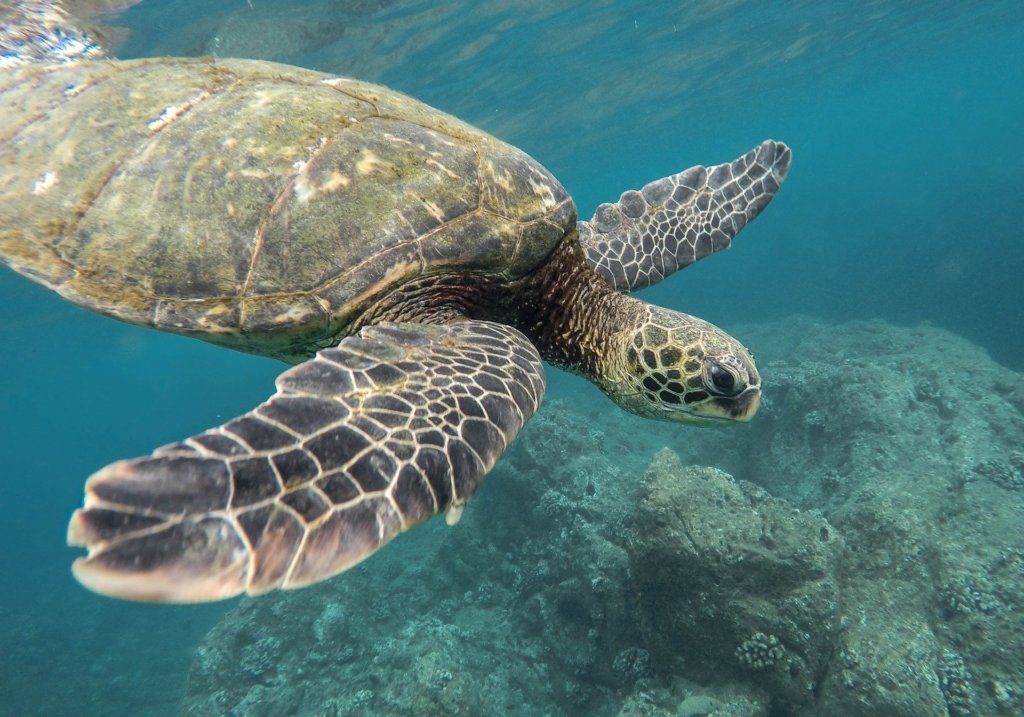
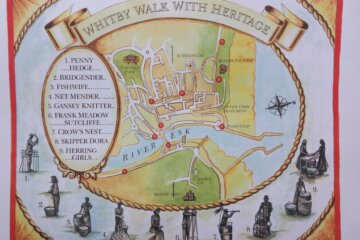
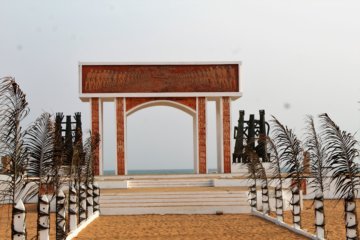
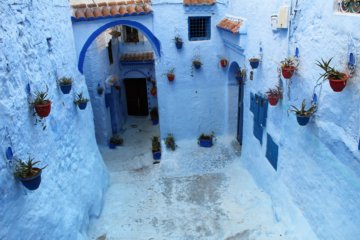

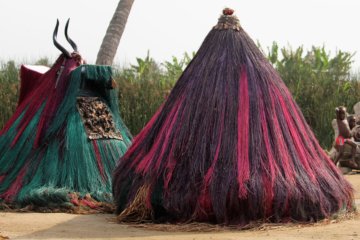
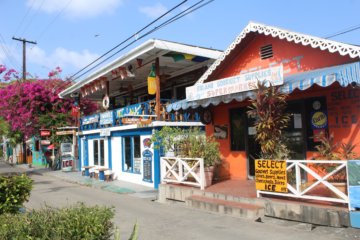







The nature looks beautiful and quite unspoiled compared to the rest of Caribbean! Definitely looks like a dream-place to visit in this Covid-lockdown world!
There are worse places to be during lockdown, that’s for sure! 🙂